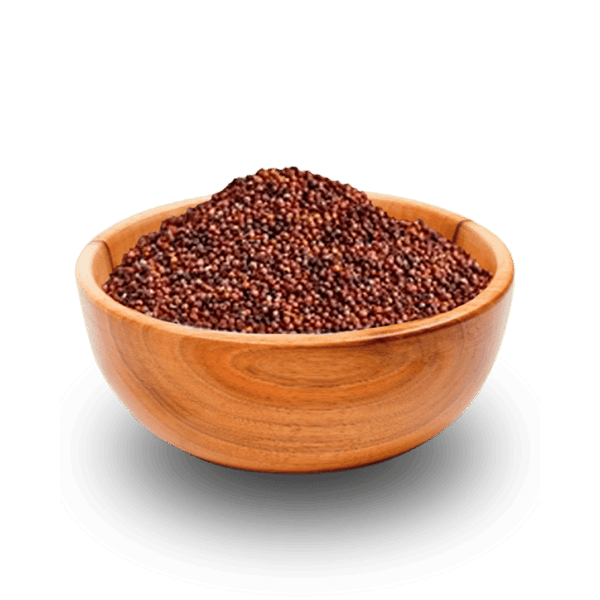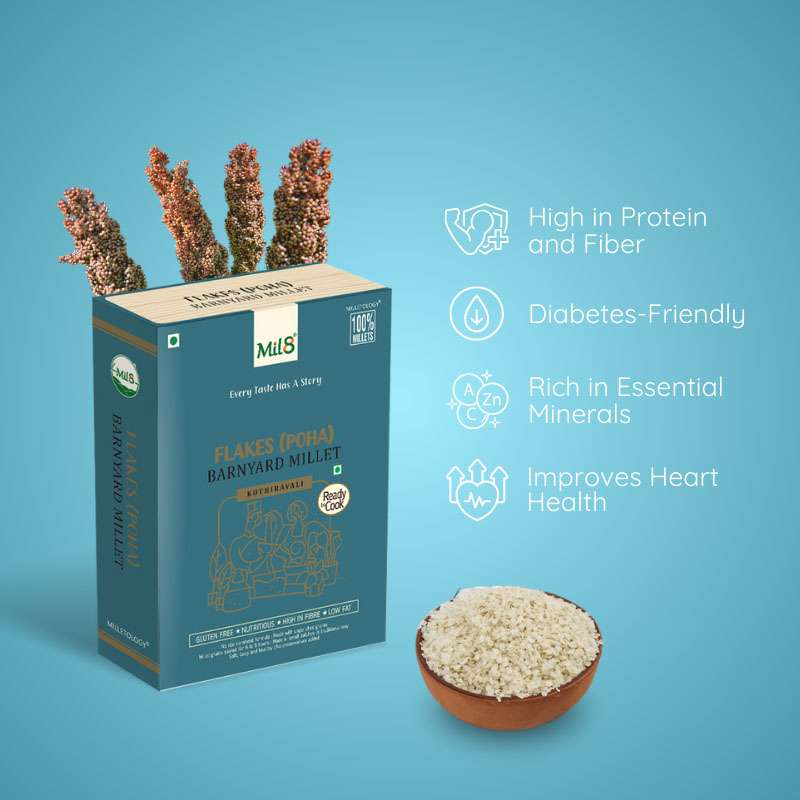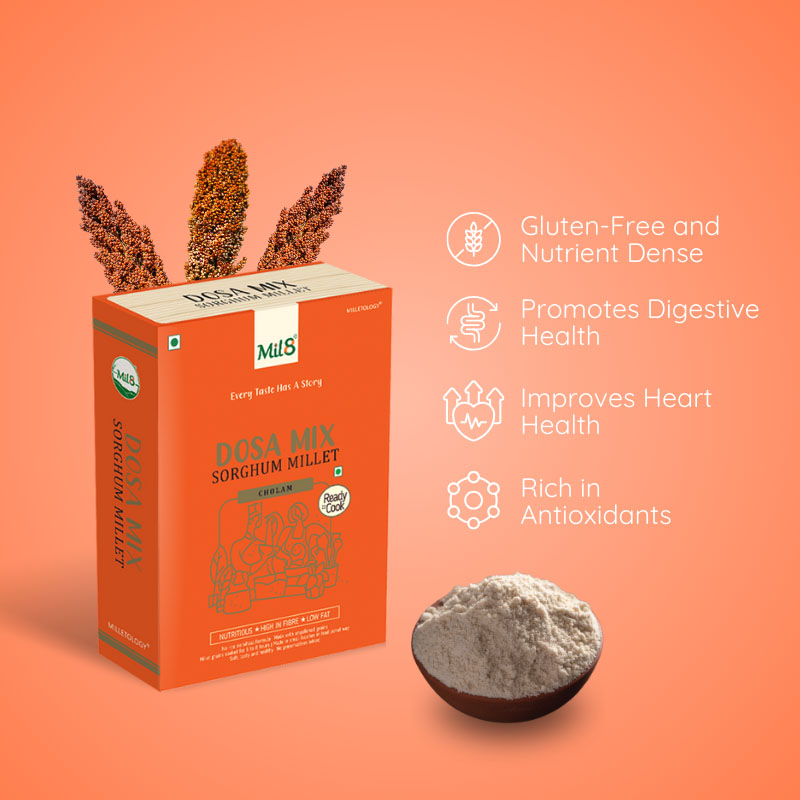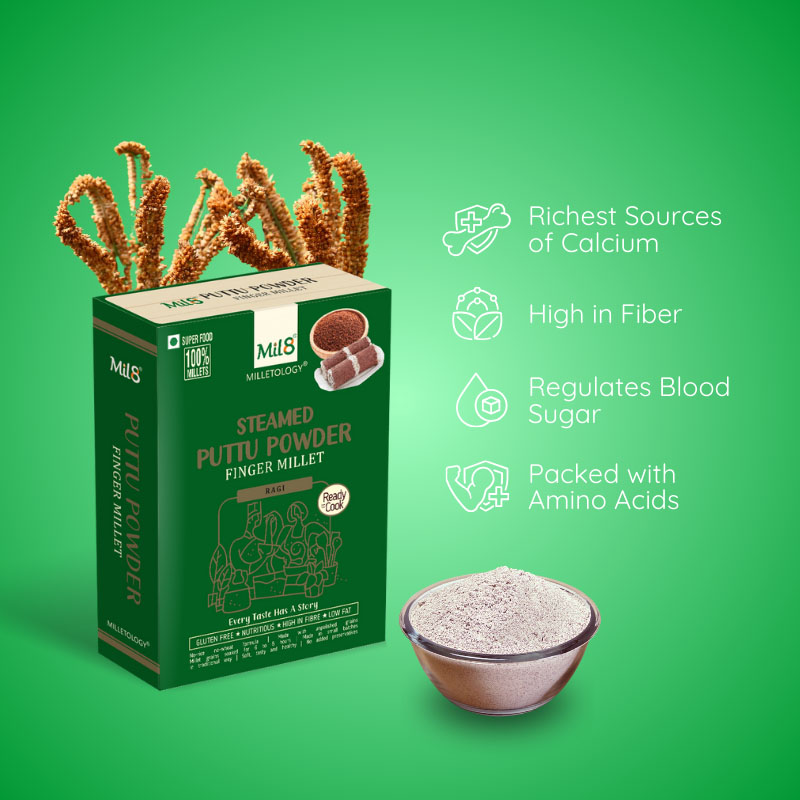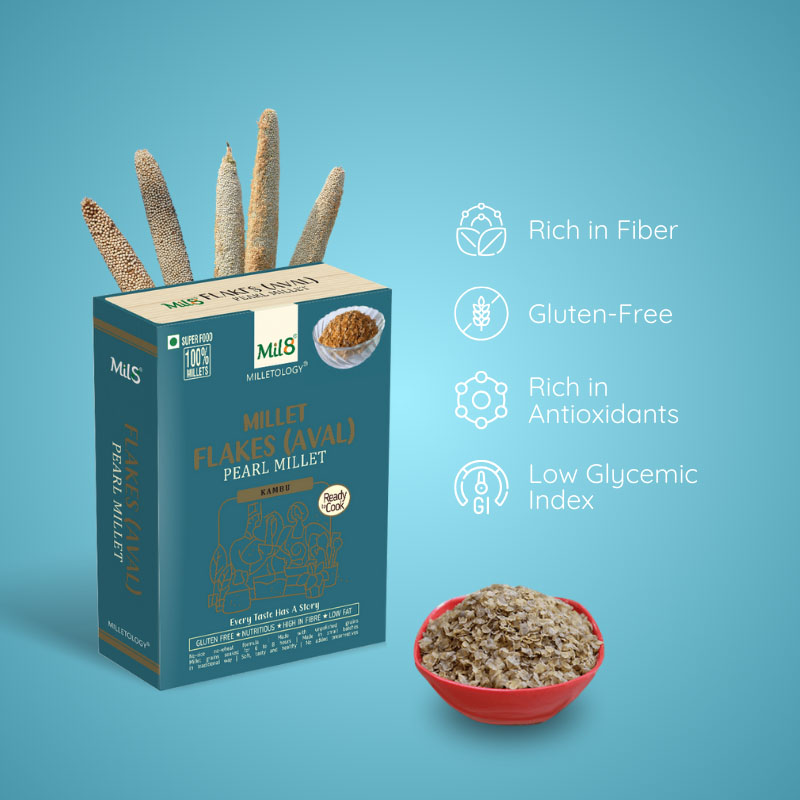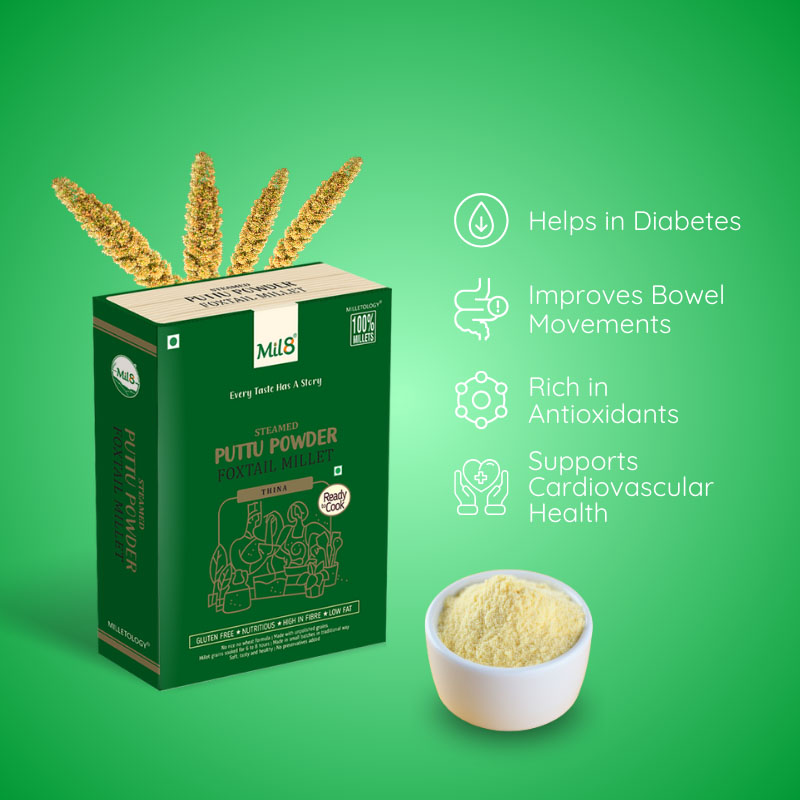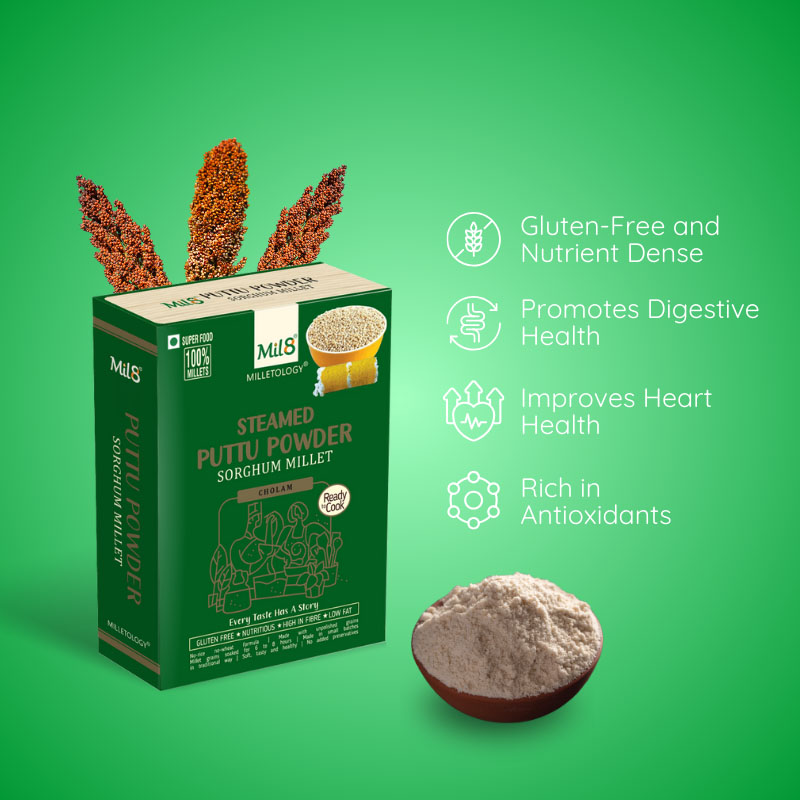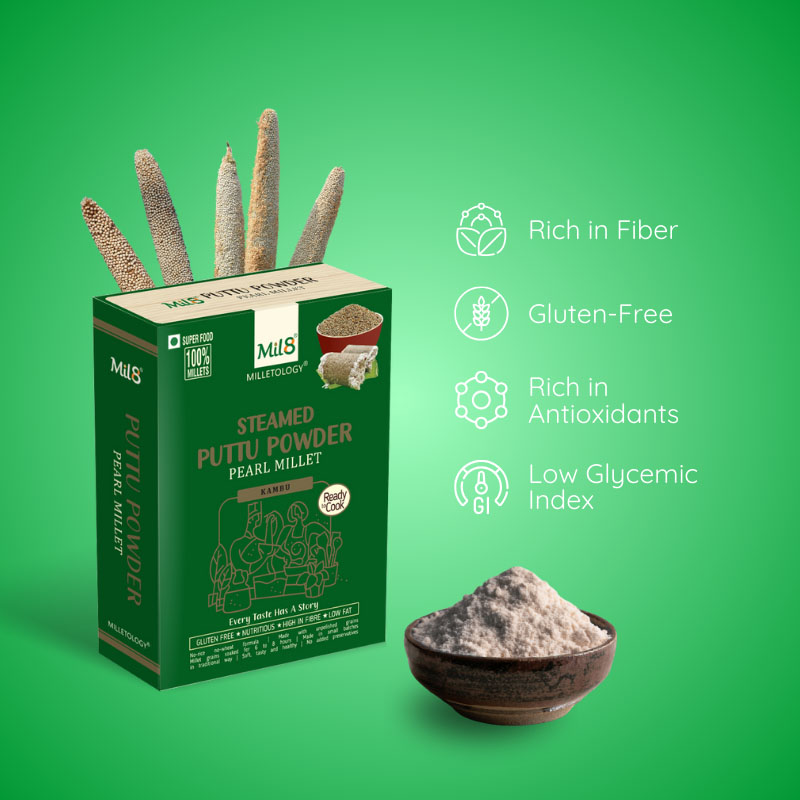Finger Millet | Ragi
Finger millet, scientifically known as Eleusine coracana, is a highly nutritious and resilient cereal crop. Here are some key points about finger millet:
Origin and Distribution
- Origin: Finger millet is believed to have originated in East Africa, particularly in the Ethiopian highlands. It has been cultivated for thousands of years.
- Distribution: It is widely grown in parts of Africa and Asia, especially in countries like India, Nepal, and Uganda.
<p>Millet Grains, Finger Millet</p>
Finger Millet | Ragi
- Calories: Approximately 180-200 kcal
- Carbohydrates: 35-40 grams
- Proteins: 4-5 grams
- Fats: 1-2 grams (without ghee)
Ragi Mudde is not only a staple in many households but also a powerhouse of nutrition, offering a good balance of carbohydrates, proteins, and essential minerals. It is particularly valued for its high calcium content, making it an excellent food choice for bone health.
Finger millet, or ragi, can be used in a variety of recipes, offering versatility in both sweet and savory dishes. Here are several ways to incorporate finger millet into your diet:
1. Ragi Flour Porridge
2. Ragi Dosa (Finger Millet Crepes)
3. Ragi Roti (Finger Millet Flatbread)
4. Ragi Malt (A Refreshing Drink)
5. Ragi Cookies

